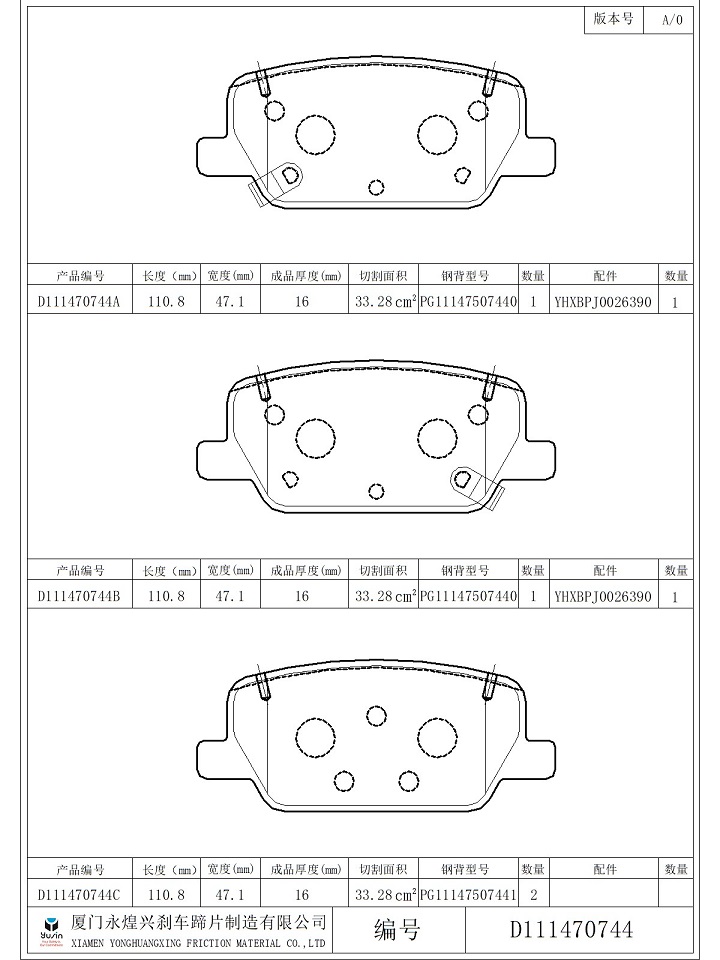What material is used for brake pads?
2023-10-16
Brake pads are made from a variety of materials, each offering different characteristics in terms of performance, durability, noise level, and dust generation. The most common materials used for brake pads include:
1. Organic: Organic brake pads are made from a mixture of non-metallic materials, such as rubber, glass, carbon, and various resins. These pads are relatively soft and provide smooth and quiet braking performance. They are generally gentle on brake rotors, generate less dust, and are cost-effective. However, they can wear out faster and may not perform as well under high-temperature or heavy-duty conditions.
2. Semi-Metallic: Semi-metallic brake pads contain a blend of metallic materials, such as steel fibers or particles, combined with an organic binder. The metallic content provides increased braking power and better heat dissipation compared to organic pads. Semi-metallic pads offer improved performance under high-temperature conditions, making them suitable for heavy-duty applications or vehicles that experience frequent braking. However, they may produce more noise, generate more brake dust, and cause more wear on brake rotors.
3. Ceramic: Ceramic brake pads are composed of ceramic compounds, including ceramic fibers, fillers, and bonding agents. These pads are known for their superior braking performance, durability, and heat resistance. Ceramic pads generate less noise, produce minimal brake dust, and offer longer lifespan compared to organic and semi-metallic pads. They are often considered a premium option and are favored by drivers seeking quiet operation and high-performance braking. However, ceramic pads tend to be more expensive than other types.
4. Composite: Some brake pads combine different materials to create a composite pad. These pads may incorporate a mixture of organic, semi-metallic, and/or ceramic materials to provide a balance of performance, noise reduction, dust generation, and longevity. Composite brake pads aim to offer the advantages of different materials while minimizing their drawbacks.
The choice of brake pad material depends on factors such as the vehicle's application, driving style, desired performance characteristics, and personal preferences. It's recommended to follow the manufacturer's recommendations and consult with a trusted mechanic or brake specialist to ensure the selection of brake pads that are suitable for your specific vehicle and usage requirements.



